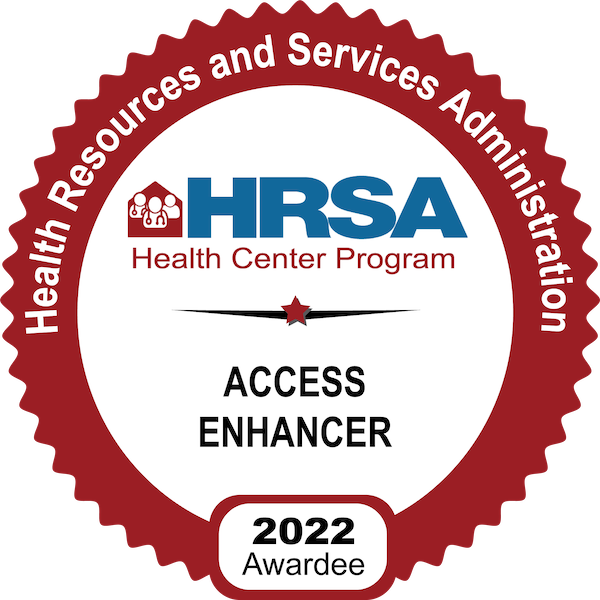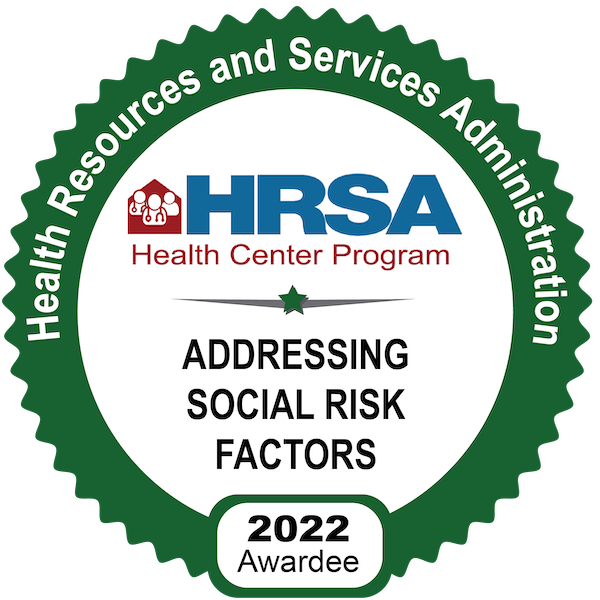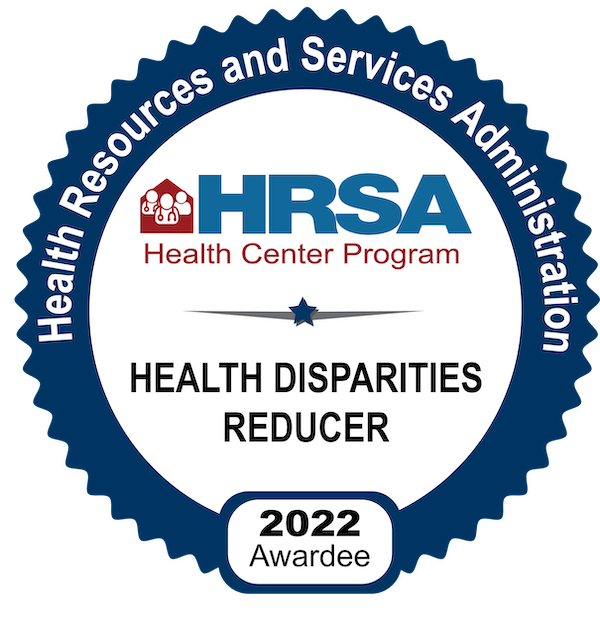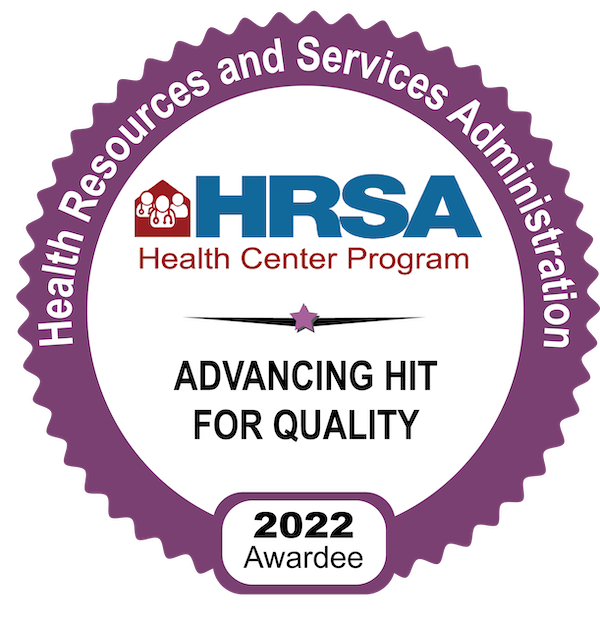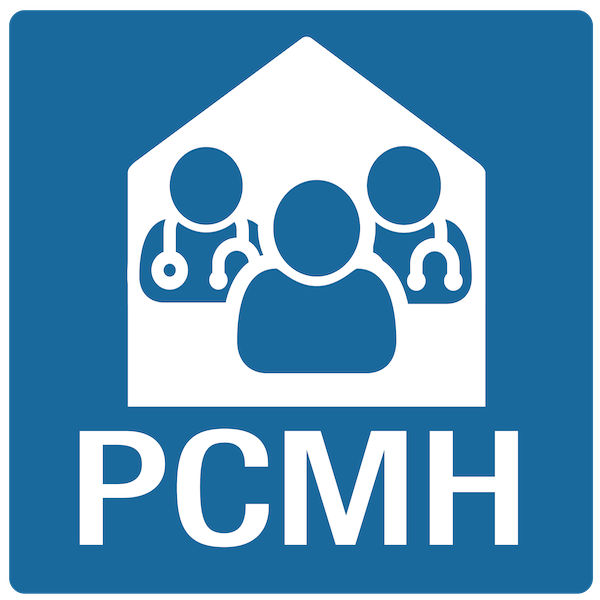Navigating the Holidays as a Diabetic
By Stephanie Olzinski, MS, RDN | Nutrition Supervisor
Food choices can feel difficult to make during the holiday season if you are diabetic. It’s especially hard to make good choices among a spread of options at every holiday party and get together. Taking time to make a plan before the event is a good way to avoid temptation; you’ll feel good about your choices and your body will too.
Tips to Stay on Track
Be a picky eater when choosing your foods. Scan the options first before choosing and find a balance of carbohydrates, protein, and vegetables.
Choose a smaller dinner plate. Use a plate that is 9” in diameter or smaller to combat overeating for better portion control. Avoid going back for extra helpings of carbohydrate foods like potatoes, stuffing, casseroles, and dessert.
Serve yourself non-starchy, low carbohydrate foods first as these foods won’t have a significant impact on your blood sugar. Vegetables like asparagus, green beans, carrots, leafy greens, mushrooms, and broccoli are all great low carbohydrate options.
Watch the drinks which can contain hidden calories and sugar. Opt for water, zero-calorie sparkling water, or only one glass of something special!
Stay active by taking time to walk around mingling, playing with family members, or helping to cook and prepare food.
Find substitutions for ingredients when you are preparing any food. Offer to bring a dessert that you can enjoy and know how it will fit into your other choices (ex. sugar-free pudding with cool whip, baked apples, oatmeal bars). Check out NOAH’s collection of healthy recipes for inspiration!
Don’t skip meals in anticipation of a feast! Although we want to save up our calories for a great dinner, make sure meals or snacks are still included during the day to avoid spikes in blood sugar.
Although the holiday season might seem challenging, use the tips above to make it more manageable. The holidays are more than food – they’re about seeing family and friends, playing games, and enjoying good company. Don’t get down on yourself. Making small changes is a great first step, and we’re here to help!
Learn how to manage your diabetes with the help of a NOAH dietitian. Call 480-882-4545 to schedule an appointment or request one online.

